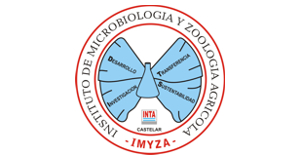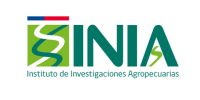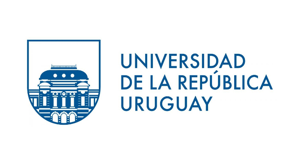Biological control strategies in apple trees
Context of the story
In Argentina and Chile, fruit-horticulture ranks fifth in importance among national export activities with an annual contribution of more than US$1,390.7 million. Of the total fruit and vegetable complex, fresh pears and apples are exported for a value greater than 300 million dollars in foreign currency. Pome production evolved in areas with agroecological conditions favorable to the development of eco-compatible technological / productive systems, which gives it potential competitive advantages of great importance. However, the existence of the pear and apple worm (Cydia pomonella or carpocapsase) has become a critical factor for the region.
The implemented initiative
The objective of the project was to develop biological control strategies for the key pest of the apple tree crop (Cydia pomonella L.) through the use of entomophages and entomopathogens. For the development of the investigations, the methodologies commonly used in the field of applied entomology and in particular in biological control of pests (life tables, preference tests, sampling techniques and statistical analysis) were used. At times, it was necessary to adapt these methodologies to local availability and at other times, new techniques were developed for the mass production of biocontrol agents; efficacy evaluation and evaluation of pheromones.
The technological solution
New natural parasitoid enemies (Ascogaster quadridentata) were introduced for the control of eggs-larvae and (Mastrus ridibundus) for the control of larvae, beginning their colonization in the field. Several species of oophages were selected to control carpocapsa and leafrollers as integrated pest management (IPM) strategies. The use of oophageal parasitoids (Trichogramma spp.) For the control of the apple worm and leaf rollers was successfully evaluated in the three countries through biological flood control strategies. The use of entomopathogenic fungi (Beaveria bassiana and Metarhiziumanisopliae) was experimented with excellent results. The role of pheromone traps was evaluated with positive results, as well as the importance of "attracides" for the control of "lizards".
The existence of the pear and apple worm (Cydia pomonella) has become a critical factor that acts as a limitation to the maintenance and expansion of the fruit agribusiness in the region.
Results
The research carried out has contributed to the knowledge about the key apple pest (Cydia pomonella), providing a valuable input previously unavailable in the region (Southern Cone of Latin America). The actions developed made possible a positive interaction and integration of efforts between the groups of researchers from the participating countries. Knowledge of new alternatives for pest control in apple trees was strengthened, contributing to a sustainable fruit production system and in an environmentally-friendly way. It contributed to the formation of groups of researchers with the technical capacity to address issues inherent to the management of fruit and vegetable pests and their integration at the regional level.

 Back to the project
Back to the project Argentina
Argentina Chile
Chile Uruguay
Uruguay



